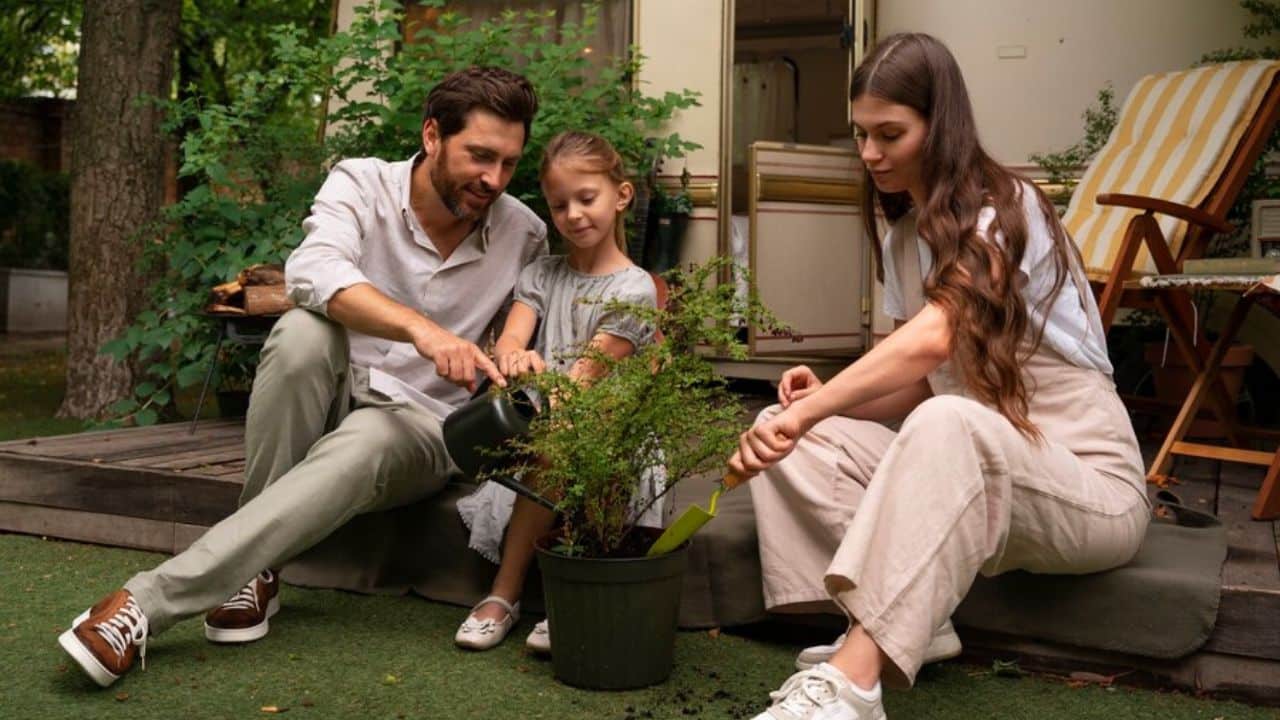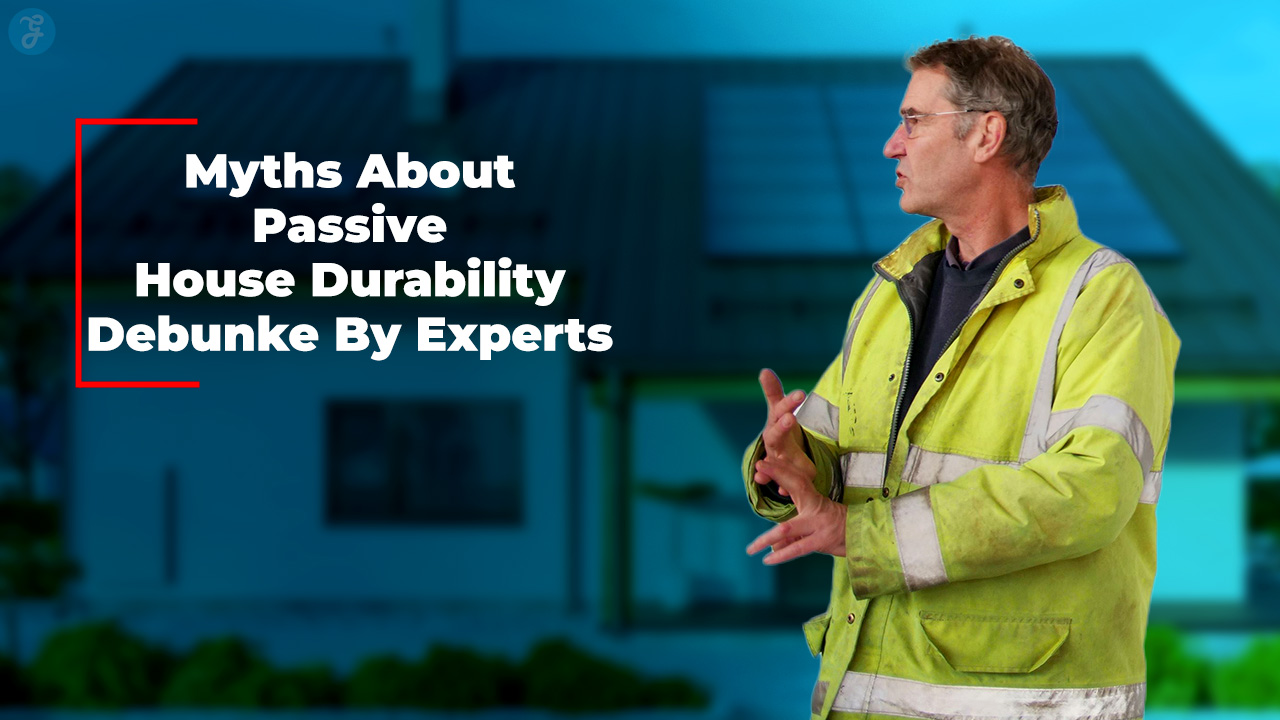Many involved in city planning don’t realize the impact nature can have on their cities. This may be why most cities in the United States and beyond boast a relatively low percentage of green spaces. Trees, ground cover, and other foliage can shape the well-being of an entire community. And the absence of those elements can have harmful effects, like added pollution and rising heat waves. Take a look at the ways investing in green spaces elevates community well-being.
1. Playgrounds Are Natural Meetup Spots
Without playgrounds, parents and children would have no natural meetup space. Parenthood can be isolating and lonely, especially when kids are little, and especially for stay-at-home moms and dads. Because the world has become so spread out, family members often don’t live near each other. As a result, new moms and dads find themselves wading into parenting alone. The first place they often think to look for a break is at the playground.
Investing in parks with playgrounds is a way of offering a sanctuary or refuge to parents and small kids. They’re natural meetup spots where kids can run and climb on playground equipment together. Meanwhile, exhausted parents can rest on a park bench with a coffee. If all goes well, those parents can make friends and begin to build community ties. More parents out with more kids getting along is a surefire way to elevate community well-being.
2. Nature Is Healthy for Everyone
The statistics don’t lie. Cities with less green space have rising levels of pollution and increasing heat waves. There can be no doubt that a rise in air pollution is not good for anyone. It is a risk for all kinds of health problems for the people in your community. And who wants an already hot, muggy city to be even hotter? Likely no one. As toxins in the environment increase and the sun burns hotter each year, cities without green spaces head into real trouble.
Putting money into adding more greenery to your city can help diminish these problems. You could add a community garden to an empty lot. Planting native plants, trees, and open fields of green can absorb heat and deflect the sun’s harmful radiation. And the more you increase the green spaces in your city, the more moisture you add to the air. This means you invite more rain, which helps regulate the temperature better. Now that’s good for the community!
3. Vitamin D Is Mood Elevating
Of course, the sun is not all bad, and you do want the people of your community to get out into it. An increasing number of studies show many people in the United States are vitamin D deficient. Low levels of vitamin D are related to all kinds of health problems, including skeletal issues and muscle weakness. It also relates to fatigue and a generally bad mood. These lower levels of vitamin D are likely thanks to the fact that more people are spending most of their time inside.
One quick way to get more vitamin D is to spend just a few minutes each day in the sun. Even with sunscreen on, you’re still likely to get plenty of vitamin D on sunny days. But you have to get out! One way to help the people of your community get outside into the healthy sunshine is to invest in more green space. This is your “if you build it, they will come” moment. Provide parks, nature trails, and playgrounds, and they will come.
4. Movement Is Inspiring
Staying indoors, moving less, and staring at screens all day is not doing any favors for the American public. Lack of movement is associated with mental health issues, brain fog, and poor cognitive performance. The bottom line is that any kind of exercise is good for your brain. For maximum benefits, a walk in nature can lead to multiple positive health outcomes. The problem for many people is that they don’t have local access to green spaces.
Investing in nature trails, hiking trails, and even paved paths around large parks can change that. The more the people of your community get out into nature and move their bodies, the more likely they’ll be to get creative. Creative, mentally focused, inspired people are more likely to get out into the community and connect. They’ll also probably be in better moods to make friends and help organize local events. Movement is truly inspiring.
5. Communal Spaces Are Inclusive
Finally, and perhaps most importantly, green spaces planned by local and federal governments are shared spaces. America is becoming increasingly divisive in more ways than one. People are fighting over everything from politics to parenting, and they often find it difficult to find common ground. The reality, however, is that most people are more alike than different. Showing up in shared, natural spaces helps people see that.
Without screens and political figures between them, people in parks and on trails are more likely to talk. Most people understand that green spaces are inclusive and everyone is welcome. This makes for a common ground where people can meet, connect, and form relationships. They can talk about what interests they share and find ways to agree on matters of the heart. The more wide open green spaces you have, the more opportunities people have to come together.
There are so many wonderful reasons to invest in green spaces, not the least of which is the elevated health of your community. Encouraging people to get outside more, move their bodies more, and spend time with neighbors can only be beneficial. Plus, it isn’t only good for the community, but also for each individual who participates. For everyone involved, having access to clean, green spaces is the gift that keeps on giving.





































